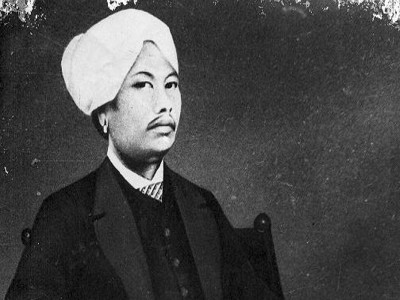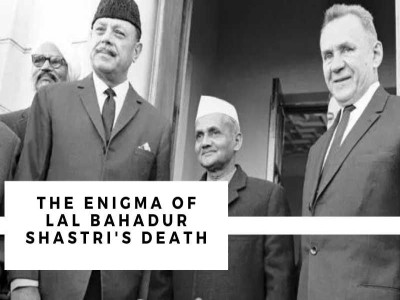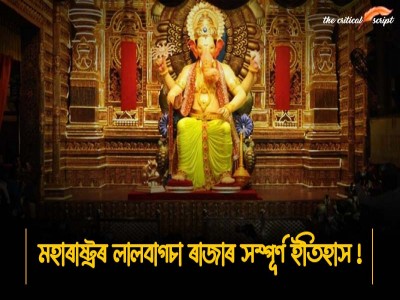
The Republic of Tea
The association of tea with India is woven around many stories. The documented evidence of tea drinking in India dates back to 750 BC in the Ramayana. According to another interesting legend, the history of tea drinking in India began with the founder of Zen Buddhism about almost 2000 years ago. It so happened that the saintly Buddhist monk decided to spend seven sleepless years contemplating the life and teaching of Buddha. While he was in the fifth year of his contemplation and prayer, he almost fell asleep. He took some leaves from a nearby bush and began chewing them. These leaves revived him and enabled him to stay awake for seven years as he chewed on to them whenever he felt drowsy. These were the leaves of the wild tea plant.
In the 16th
century, many in the north-eastern part of India prepared a vegetable dish using
tea leaves along with garlic and oil, and the boiled tea leaves were used to
prepare a drink as well. In 1788, Joseph Banks, a British botanist notified the
East India Company that the climate in certain parts of northeast India which
was a British Province was ideal for growing tea. However, he seems to have
slipped away from the fact that the plant was a native of Bengal and suggested the
transplantation of tea bushes from China which was a vain idea overall.
One of the most widely accepted snippets related to tea goes back to about 1815 when an Englishman was said to have noticed that people in Assam drank a dark liquid which was a type of tea brewed from a locally growing wild plant.
However, it was believed that it was not the British but an Indian, Dewan Maniram, the Prime Minister of King Purandar Singha of Assam, who informed the British about the tea grown by the Singpho people. He directed Robert Bruce to the local Singpho Chief, Bessagaum, who offered him tea as a medicinal drink. Bessagaum gave some indigenous tea plants and seeds to Bruce, who then sent the sample to the East India Company’s newly, established Botanical Garden in Kolkata. The result of the identification was refused for some reason then. After his sudden death in 1824, his younger brother Alexander Charles Bruce sent some samples to the East India Company in 1834 and was able to get the first approval of good quality tea which was specifically called the Assam Tea, scientifically Camellia Sinensis (var. assamica)
It is largely believed that it was the arrival of the British in India and the setting up of the East India Trading Company that the commercial cultivation of tea started in India, around 180 years ago. The British found perfect climate and economical condition to grow it in India rather than import it from China.
From these early beginnings, and largely due to an unending stream of dedicated planters, the industry has spread in northeast India as well the Dooars and into the foothills of the Himalayas to the Nilgiris. Interestingly, Maniram Dewan was the first Indian commercial tea planter who established his own tea gardens at Chenimora in Jorhat and Selung (or Singlo) in Sibsagar districts of Assam. Dewan was followed by Rosheswar Barua, who established six tea estates. Many other Indian tea planters soon followed suit.
Today, India is
one of the largest producers of tea in the world, with over 70 per cent of the
tea consumed within India itself. The Indian tea industry has grown to own many
global tea brands and has evolved to be one of the most technologically
equipped tea industries in the world. And within no time, tea, which was secret
to the Singpho community, if we may believe so, turned into huge plantations
and a global business for India.
China, Kenya, and Sri Lanka are the other large tea-producing countries and now it’s even grown in South America. What can you say, it’s one transcending World we live in.
Disclaimer: The opinions expressed in this article are those of the author's. They do not purport to reflect the opinions or views of The Critical Script or its editor.

Newsletter!!!
Subscribe to our weekly Newsletter and stay tuned.

















Related Comments